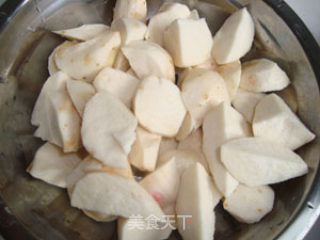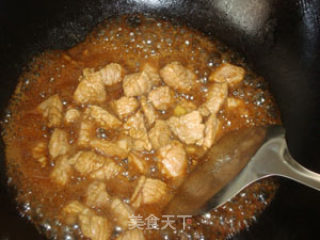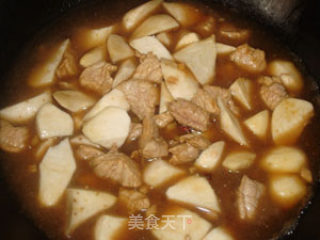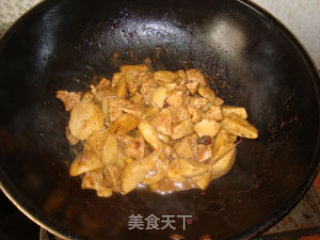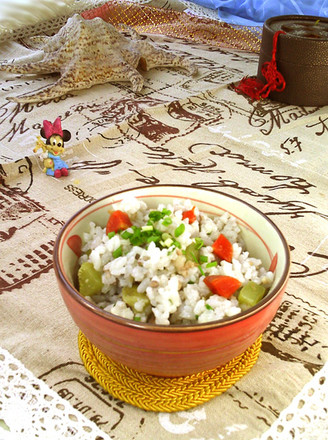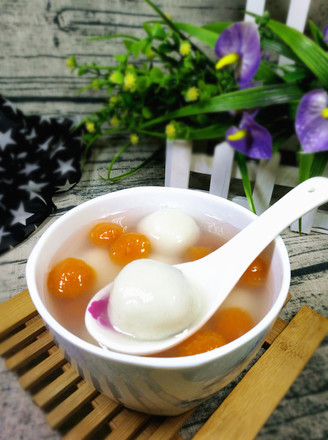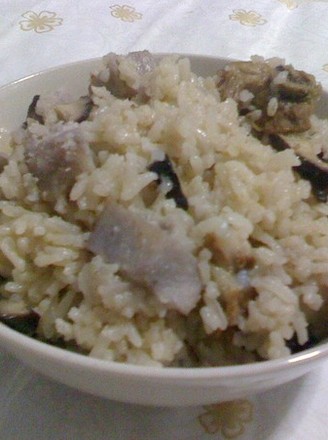Taro Stew
by No regrets chasing dreams
Favorite
Difficulty
Normal
Time
1h
Serving
2
Taro is rich in nutrients and contains a lot of starch, minerals and vitamins. It is both a vegetable and a grain. It can be cooked, dried or floured. Since taro has small starch granules, only one-tenth of potato starch, its digestibility can reach 98.8%, which is a good choice for autumn supplements.
Taro is not considered a scarce item in our place. There are always those who are a little bit older who will get something that is not often seen.
I remember when I was young, the vegetable garden of my neighbor’s grandmother’s house would grow like lotus leaves every summer, a small border, three or four rows, two meters wide. Little children love to play. On a hot day, they often secretly pick a leaf and put it on top of their head as a small umbrella. They ran to the river to scoop water and watched the drops of water sliding on the leaves. It was very fun! However, after being seen, it is inevitable to be scolded, but my heart is beautiful, let him go! Sometimes I secretly dig out one with my hand to see what it looks like. You say it’s damaged? Remember it looks like ginger, there are many branches and many buds~~~~~~
After the beginning of autumn, the old grandmother’s family planed the taro and always gave some to our home. Mom would go to the ground to plan some peanuts and sometimes pick some snap beans, wash them together and put the firewood in the pot to boil, and then remove the taro to cool thoroughly. Dip it in sugar, it's so sweet, and it feels a bit greasy after eating too much! "
Taro is not considered a scarce item in our place. There are always those who are a little bit older who will get something that is not often seen.
I remember when I was young, the vegetable garden of my neighbor’s grandmother’s house would grow like lotus leaves every summer, a small border, three or four rows, two meters wide. Little children love to play. On a hot day, they often secretly pick a leaf and put it on top of their head as a small umbrella. They ran to the river to scoop water and watched the drops of water sliding on the leaves. It was very fun! However, after being seen, it is inevitable to be scolded, but my heart is beautiful, let him go! Sometimes I secretly dig out one with my hand to see what it looks like. You say it’s damaged? Remember it looks like ginger, there are many branches and many buds~~~~~~
After the beginning of autumn, the old grandmother’s family planed the taro and always gave some to our home. Mom would go to the ground to plan some peanuts and sometimes pick some snap beans, wash them together and put the firewood in the pot to boil, and then remove the taro to cool thoroughly. Dip it in sugar, it's so sweet, and it feels a bit greasy after eating too much! "


